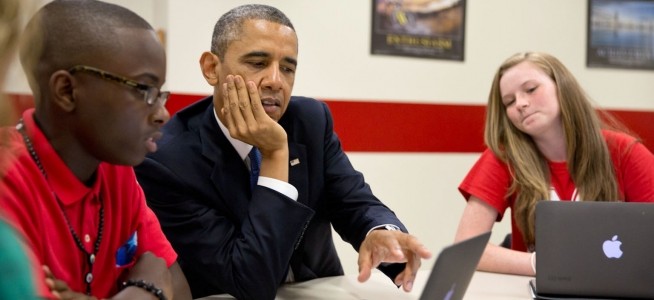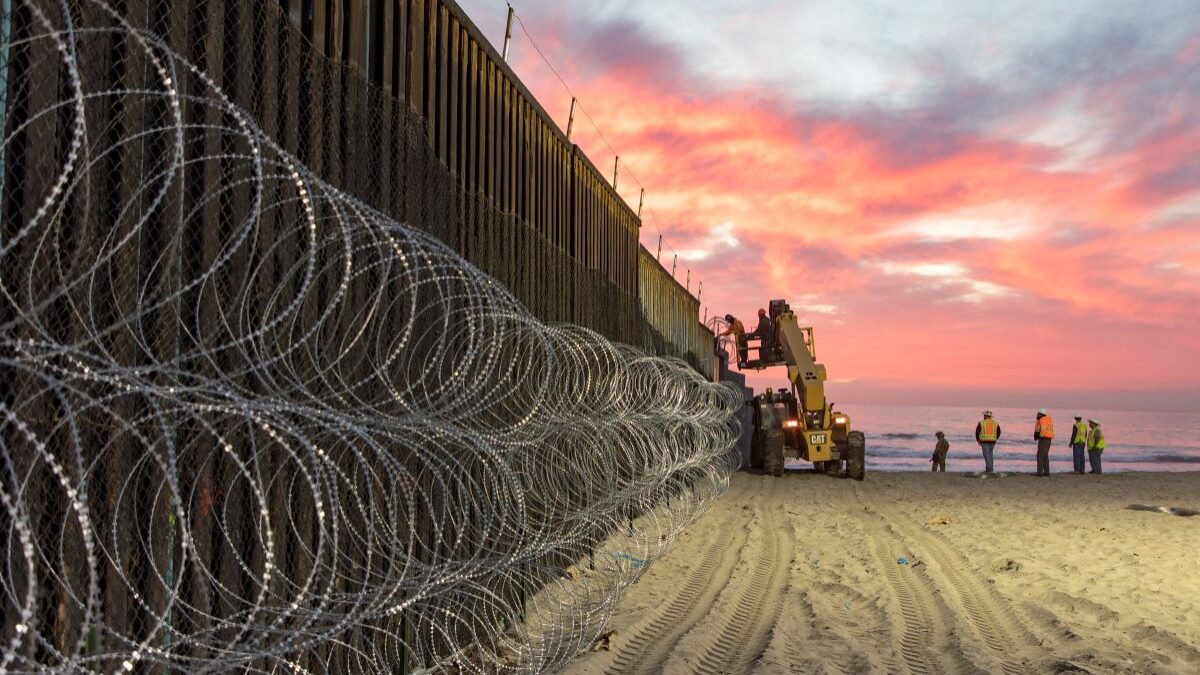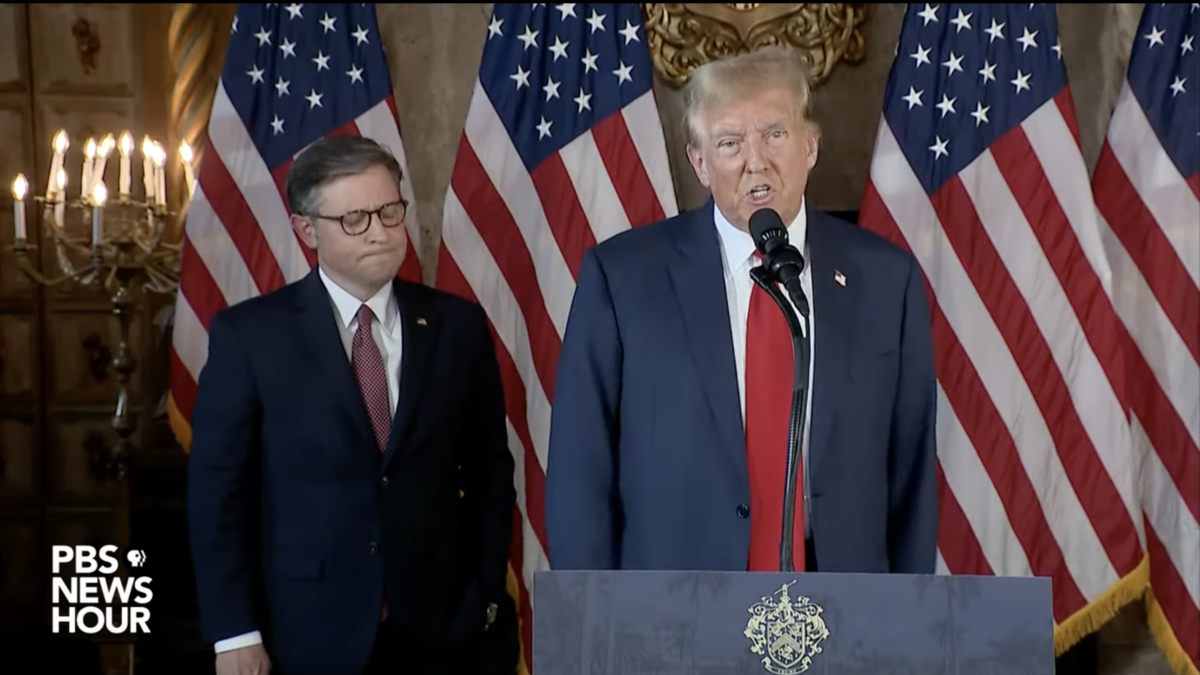The October 1 launch of the Obamacare health insurance exchanges, where uninsured Americans are supposed to be able to shop for government-approved coverage and perhaps qualify for a premium subsidy, went off with an error message Tuesday morning:
“Important: Your account couldnt [sic] be created at this time. The system is unavailable.”
This was just one of the glitches we were warned about ahead of the launch of the exchanges. But critics of Obamacare shouldn’t cheer just yet. The long-awaited system will eventually become available and uninsured Americans will get to see just what Obamacare has to offer them.
Turns out, if you’re old and don’t earn that much, exchange coverage under Obamacare is a great deal. A 64-year-old in Dallas, Texas, who only makes $25,000 a year will be eligible for tax credits that reduce the cost of an average “silver” plan to about $35 a month, out-of-pocket. A family of four in Houston that earns $50,000 a year will only pay about $282 for a “silver” plan after the federal subsidy.
We’ll be hearing these kinds of stories over the next several months—stories of individuals and families who couldn’t afford coverage before or didn’t have coverage through an employer but who can now afford coverage on the exchange, all thanks to the federal health care law.
What we will not be hearing about are the people who do not qualify for subsidies and for whom exchange coverage will be massively more expensive than it was before Obamacare. The oft-repeated line that federal subsidies will be available to those who earn between 138 and 400 percent of the federal poverty level isn’t quite true if you’re young—or even youngish—and you earn more than about $30,000 a year.
Back in Dallas, a 27-year-old freelance contractor making $35,000 a year qualifies for zero dollars in federal tax credits to purchase health insurance. Zero. That means he or she would have to pay $217 a month, out-of-pocket, for the cheapest “silver” plan. Same goes for a 35-year-old making that much, except the plan will be a little more expensive.
For all these people, in a very literal sense the Obamacare system is unavailable. They will not get a taxpayer-funded subsidy but they will be required to buy coverage or pay a fine. That’s because they are expected to subsidize health care costs for older, sicker Americans, out of their own pocket. The system was designed that way, and now we can see it clearly laid out in the price of actual exchange plans combined with tax credits on offer for certain age and income groups.
Supporters of Obamacare argue that the young and healthy will someday be old and sick, so why shouldn’t they pay more into the system now to ensure they will be covered when they’re older? And what about their mothers and fathers? Don’t they want them to be covered?
The trouble with this argument is that it presupposes—disingenuously—that the current system of public and private health insurance is basically sound; it just needed a little boost so older, sicker people could afford coverage.
But a glance at the numbers disproves this notion. Obamacare makes insurance more expensive, period. Adding insult to injury, the law then asks people who might not need or want this newly-expensive insurance to buy it anyway, for the good of society.
That’s a lot to ask from people who don’t really have room in their monthly budget to pay an extra $200-plus for insurance. Once the exchanges get up and running (and they will), we’ll find out how many young, healthy Americans choose to put their fiscal health first and steer clear of the Obamacare train wreck.
Mr. Davidson is a writer based in Austin, Texas, and a health care policy analyst at the Texas Public Policy Foundation.









